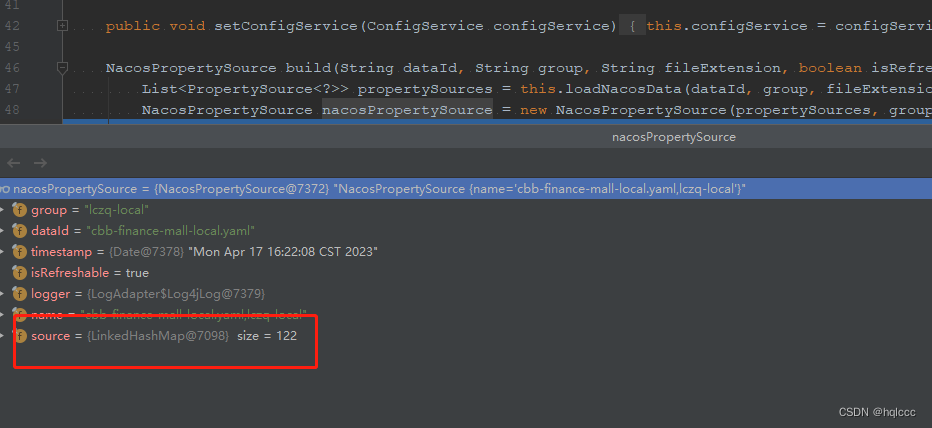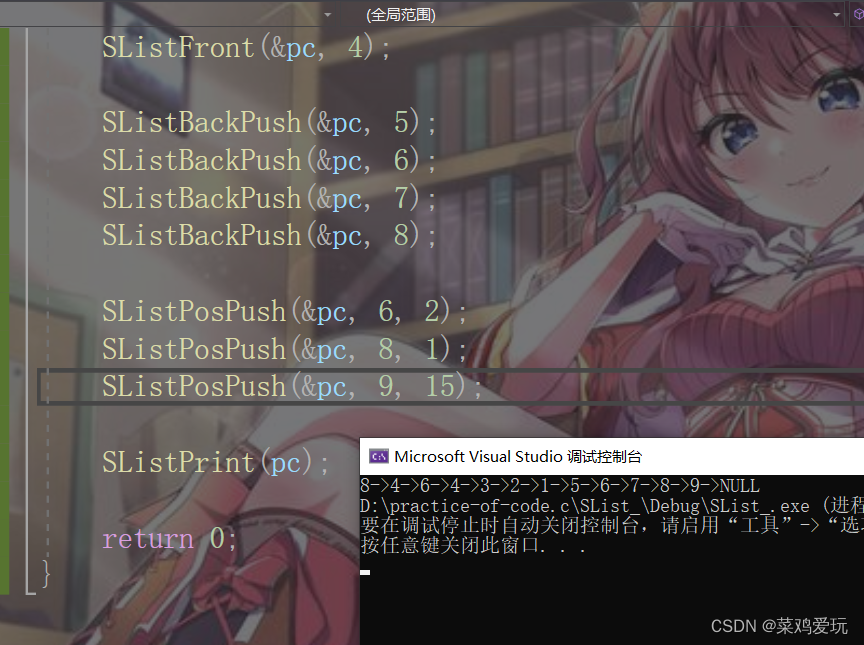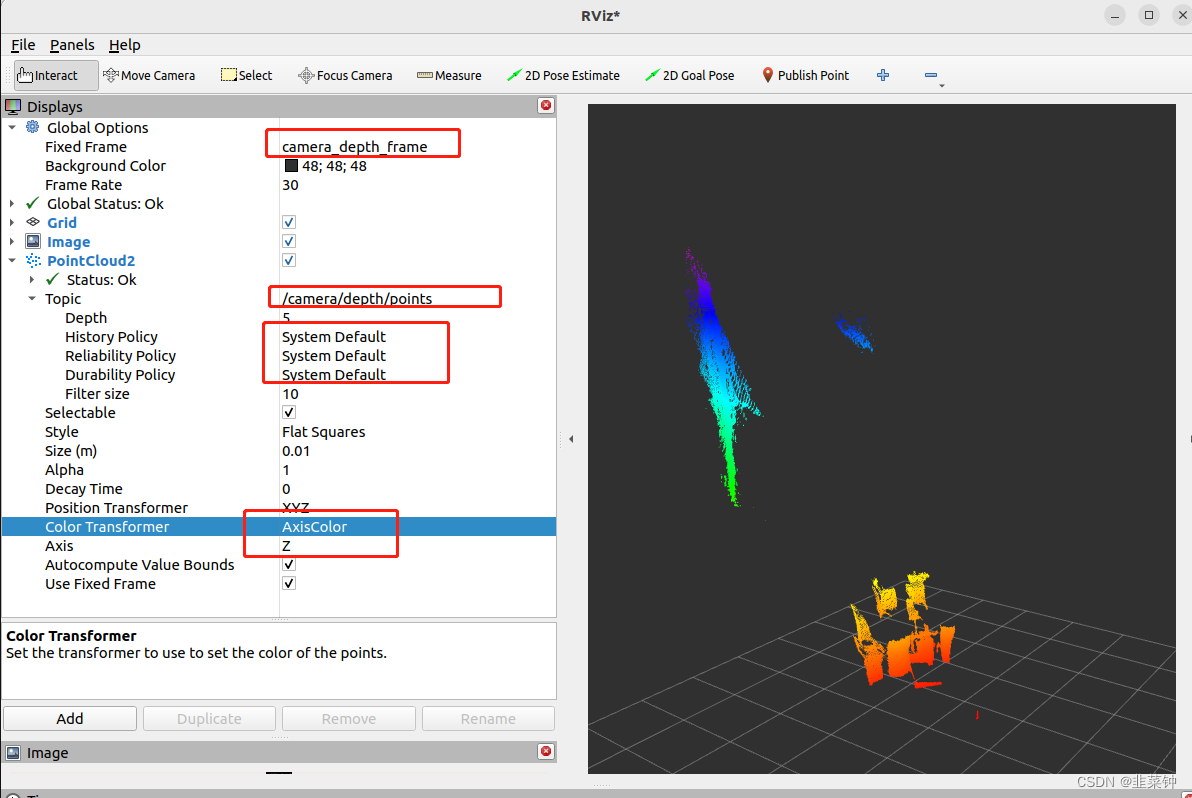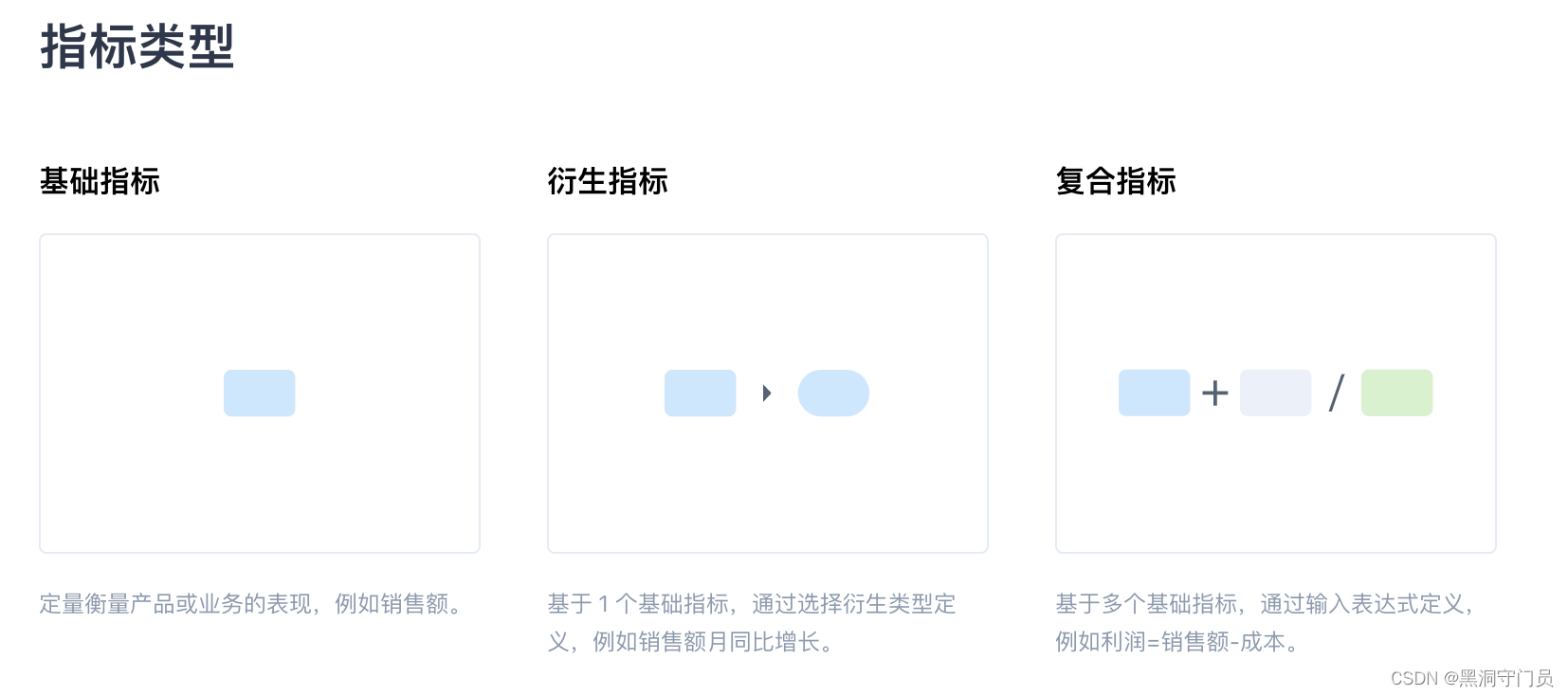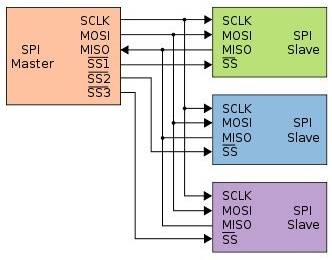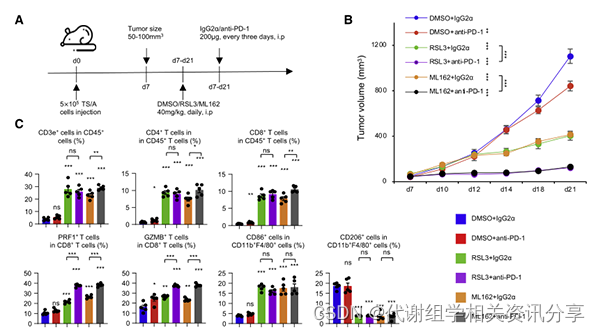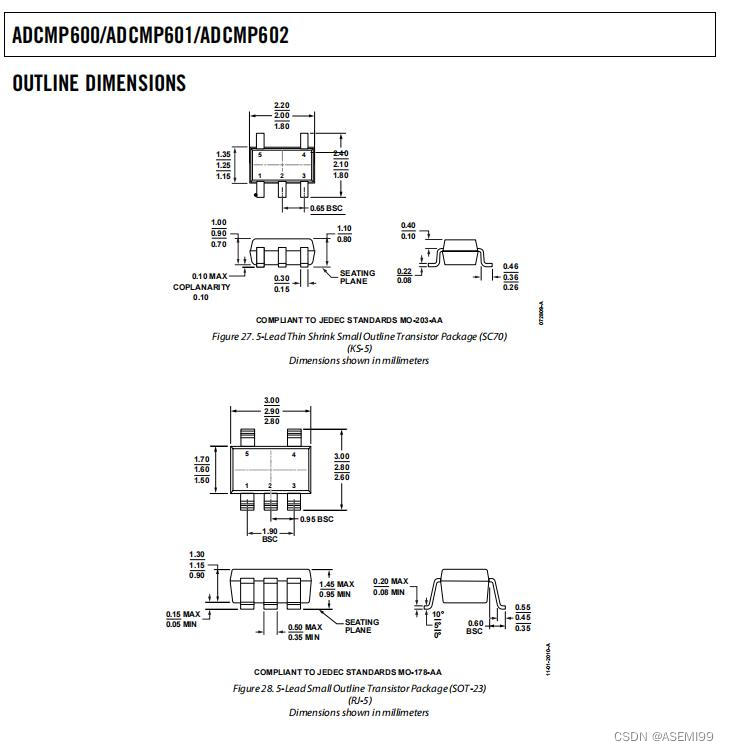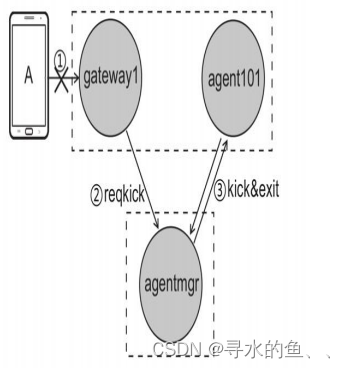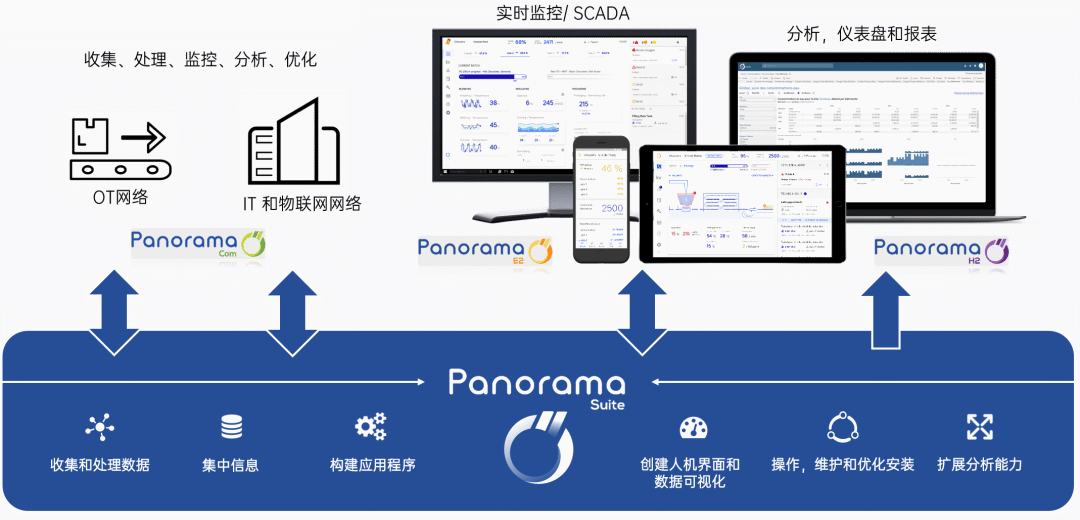8、自定义映射resultMap
8.1、resultMap处理字段和属性的映射关系
若字段名和实体类中的属性名不一致,则可以通过resultMap设置自定义映射
<!--
resultMap:设置自定义映射
属性:
id:表示自定义映射的唯一标识
type:查询的数据要映射的实体类的类型
子标签:
id:设置主键的映射关系
result:设置普通字段的映射关系
association:设置多对一的映射关系
collection:设置一对多的映射关系
属性:
property:设置映射关系中实体类中的属性名
column:设置映射关系中表中的字段名
-->
<resultMap id="userMap" type="User">
<id property="id" column="id"></id>
<result property="userName" column="user_name"></result>
<result property="password" column="password"></result>
<result property="age" column="age"></result>
<result property="sex" column="sex"></result>
</resultMap>
<!--List<User> testMohu(@Param("mohu") String mohu);-->
<select id="testMohu" resultMap="userMap">
<!--select * from t_user where username like '%${mohu}%'-->
select id,user_name,password,age,sex from t_user where user_name likeconcat('%',#{mohu},'%')
</select>
若字段名和实体类中的属性名不一致,但是字段名符合数据库的规则(使用_),实体类中的属性
名符合Java的规则(使用驼峰)
此时也可通过以下两种方式处理字段名和实体类中的属性的映射关系
a>可以通过为字段起别名的方式,保证和实体类中的属性名保持一致
b>可以在MyBatis的核心配置文件中设置一个全局配置信息mapUnderscoreToCamelCase,可
以在查询表中数据时,自动将_类型的字段名转换为驼峰
例如:字段名user_name,设置了mapUnderscoreToCamelCase,此时字段名就会转换为
userName
8.2、多对一映射处理
场景模拟:
查询员工信息以及员工所对应的部门信息
8.2.1、级联方式处理映射关系
<resultMap id="empDeptMap" type="Emp">
<id column="eid" property="eid"></id>
<result column="ename" property="ename"></result>
<result column="age" property="age"></result>
<result column="sex" property="sex"></result>
<result column="did" property="dept.did"></result>
<result column="dname" property="dept.dname"></result>
</resultMap>
<!--Emp getEmpAndDeptByEid(@Param("eid") int eid);-->
<select id="getEmpAndDeptByEid" resultMap="empDeptMap">
select emp.*,dept.* from t_emp emp left join t_dept dept on emp.did =dept.did where emp.eid = #{eid}
</select>
8.2.2、使用association处理映射关系
<resultMap id="empDeptMap" type="Emp">
<id column="eid" property="eid"></id>
<result column="ename" property="ename"></result>
<result column="age" property="age"></result>
<result column="sex" property="sex"></result>
<association property="dept" javaType="Dept">
<id column="did" property="did"></id>
<result column="dname" property="dname"></result>
</association>
</resultMap>
<!--Emp getEmpAndDeptByEid(@Param("eid") int eid);-->
<select id="getEmpAndDeptByEid" resultMap="empDeptMap">
select emp.*,dept.* from t_emp emp left join t_dept dept on emp.did =dept.did where emp.eid = #{eid}
</select>
8.2.3、分步查询
①查询员工信息
/**
* 通过分步查询查询员工信息
* @param eid
* @return
*/
Emp getEmpByStep(@Param("eid") int eid);
<resultMap id="empDeptStepMap" type="Emp">
<id column="eid" property="eid"></id>
<result column="ename" property="ename"></result>
<result column="age" property="age"></result>
<result column="sex" property="sex"></result>
<!--
select:设置分步查询,查询某个属性的值的sql的标识(namespace.sqlId)
column:将sql以及查询结果中的某个字段设置为分步查询的条件
-->
<association property="dept"select="com.atguigu.MyBatis.mapper.DeptMapper.getEmpDeptByStep" column="did">
</association>
</resultMap>
<!--Emp getEmpByStep(@Param("eid") int eid);-->
<select id="getEmpByStep" resultMap="empDeptStepMap">
select * from t_emp where eid = #{eid}
</select>
②根据员工所对应的部门id查询部门信息
/**
* 分步查询的第二步: 根据员工所对应的did查询部门信息
* @param did
* @return
*/
Dept getEmpDeptByStep(@Param("did") int did);
<!--Dept getEmpDeptByStep(@Param("did") int did);-->
<select id="getEmpDeptByStep" resultType="Dept">
select * from t_dept where did = #{did}
</select>
8.3、一对多映射处理
8.3.1、collection
/**
* 根据部门id查新部门以及部门中的员工信息
* @param did
* @return
*/
Dept getDeptEmpByDid(@Param("did") int did);
<resultMap id="deptEmpMap" type="Dept">
<id property="did" column="did"></id>
<result property="dname" column="dname"></result>
<!--
ofType:设置collection标签所处理的集合属性中存储数据的类型
-->
<collection property="emps" ofType="Emp">
<id property="eid" column="eid"></id>
<result property="ename" column="ename"></result>
<result property="age" column="age"></result>
<result property="sex" column="sex"></result>
</collection>
</resultMap>
<!--Dept getDeptEmpByDid(@Param("did") int did);-->
<select id="getDeptEmpByDid" resultMap="deptEmpMap">
select dept.*,emp.* from t_dept dept left join t_emp emp on dept.did =emp.did where dept.did = #{did}
</select>
8.3.2、分步查询
①查询部门信息
/**
* 分步查询部门和部门中的员工
* @param did
* @return
*/
Dept getDeptByStep(@Param("did") int did);
<resultMap id="deptEmpStep" type="Dept">
<id property="did" column="did"></id>
<result property="dname" column="dname"></result>
<collection property="emps" fetchType="eager"select="com.atguigu.MyBatis.mapper.EmpMapper.getEmpListByDid" column="did">
</collection>
</resultMap>
<!--Dept getDeptByStep(@Param("did") int did);-->
<select id="getDeptByStep" resultMap="deptEmpStep">
select * from t_dept where did = #{did}
</select>
②根据部门id查询部门中的所有员工
/**
* 根据部门id查询员工信息
* @param did
* @return
*/
List<Emp> getEmpListByDid(@Param("did") int did);
<!--List<Emp> getEmpListByDid(@Param("did") int did);-->
<select id="getEmpListByDid" resultType="Emp">
select * from t_emp where did = #{did}
</select>
分步查询的优点:可以实现延迟加载
但是必须在核心配置文件中设置全局配置信息:
lazyLoadingEnabled:延迟加载的全局开关。当开启时,所有关联对象都会延迟加载
aggressiveLazyLoading:当开启时,任何方法的调用都会加载该对象的所有属性。否则,每个属性会按需加载
此时就可以实现按需加载,获取的数据是什么,就只会执行相应的sql。此时可通过association和collection中的fetchType属性设置当前的分步查询是否使用延迟加载, fetchType=“lazy(延迟加载)|eager(立即加载)”
9、动态SQL
Mybatis框架的动态SQL技术是一种根据特定条件动态拼装SQL语句的功能,它存在的意义是为了
解决 拼接SQL语句字符串时的痛点问题。
9.1、if
if标签可通过test属性的表达式进行判断,若表达式的结果为true,则标签中的内容会执行;反之
标签中的内容不会执行
<!--List<Emp> getEmpListByCondition(Emp emp);-->
<select id="getEmpListByMoreTJ" resultType="Emp">
select * from t_emp where 1=1
<if test="ename != '' and ename != null">
and ename = #{ename}
</if>
<if test="age != '' and age != null">
and age = #{age}
</if>
<if test="sex != '' and sex != null">
and sex = #{sex}
</if>
</select>
9.2、where
where和if一般结合使用:
a.若where标签中的if条件都不满足,则where标签没有任何功能,即不会添加where关键字
b.若where标签中的if条件满足,则where标签会自动添加where关键字,并将条件最前方多余的and去掉
注意:where标签不能去掉条件最后多余的and
<select id="getEmpListByMoreTJ2" resultType="Emp">
select * from t_emp
<where>
<if test="ename != '' and ename != null">
ename = #{ename}
</if>
<if test="age != '' and age != null">
and age = #{age}
</if>
<if test="sex != '' and sex != null">
and sex = #{sex}
</if>
</where>
</select>
9.3、trim
trim用于去掉或添加标签中的内容
常用属性:
prefix:在trim标签中的内容的前面添加某些内容
prefixOverrides:在trim标签中的内容的前面去掉某些内容
suffix:在trim标签中的内容的后面添加某些内容
suffixOverrides:在trim标签中的内容的后面去掉某些内容
<select id="getEmpListByMoreTJ" resultType="Emp">
select * from t_emp
<trim prefix="where" suffixOverrides="and">
<if test="ename != '' and ename != null">
ename = #{ename} and
</if>
<if test="age != '' and age != null">
age = #{age} and
</if>
<if test="sex != '' and sex != null">
sex = #{sex}
</if>
</trim>
</select>
9.4、choose、when、otherwise
choose、when、 otherwise相当于if…else if…else
<!--List<Emp> getEmpListByChoose(Emp emp);-->
<select id="getEmpListByChoose" resultType="Emp">
select <include refid="empColumns"></include> from t_emp
<where>
<choose>
<when test="ename != '' and ename != null">
ename = #{ename}
</when>
<when test="age != '' and age != null">
age = #{age}
</when>
<when test="sex != '' and sex != null">
sex = #{sex}
</when>
<when test="email != '' and email != null">
email = #{email}
</when>
</choose>
</where>
</select>
9.5、foreach
<!--int insertMoreEmp(List<Emp> emps);-->
<insert id="insertMoreEmp">
insert into t_emp values
<foreach collection="emps" item="emp" separator=",">
(null,#{emp.ename},#{emp.age},#{emp.sex},#{emp.email},null)
</foreach>
</insert>
<!--int deleteMoreByArray(int[] eids);-->
<delete id="deleteMoreByArray">
delete from t_emp where
<foreach collection="eids" item="eid" separator="or">
eid = #{eid}
</foreach>
</delete>
<!--int deleteMoreByArray(int[] eids);-->
<delete id="deleteMoreByArray">
delete from t_emp where eid in
<foreach collection="eids" item="eid" separator="," open="(" close=")">
#{eid}
</foreach>
</delete>
9.6、SQL片段
sql片段,可以记录一段公共sql片段,在使用的地方通过include标签进行引入,减少*的使用,大大节省资源。
<sql id="empColumns">
eid,ename,age,sex,did
</sql>
select <include refid="empColumns"></include> from t_emp
10、MyBatis的缓存
10.1、MyBatis的一级缓存
一级缓存是SqlSession级别的,通过同一个SqlSession查询的数据会被缓存,下次查询相同的数据,就会从缓存中直接获取,不会从数据库重新访问
使一级缓存失效的四种情况:
-
不同的SqlSession对应不同的一级缓存
-
同一个SqlSession但是查询条件不同
-
同一个SqlSession两次查询期间执行了任何一次增删改操作
-
同一个SqlSession两次查询期间手动清空了缓存
10.2、MyBatis的二级缓存
二级缓存是SqlSessionFactory级别,通过同一个SqlSessionFactory创建的SqlSession查询的结果会被
缓存;此后若再次执行相同的查询语句,结果就会从缓存中获取
二级缓存开启的条件:
a>在核心配置文件中,设置全局配置属性cacheEnabled=“true”,默认为true,不需要设置
b>在映射文件中设置标签
c>二级缓存必须在SqlSession关闭或提交之后有效
d>查询的数据所转换的实体类类型必须实现序列化的接口
使二级缓存失效的情况:
两次查询之间执行了任意的增删改,会使一级和二级缓存同时失效
10.3、二级缓存的相关配置
在mapper配置文件中添加的cache标签可以设置一些属性:
①eviction属性:缓存回收策略,默认的是 LRU。
LRU(Least Recently Used) – 最近最少使用的:移除最长时间不被使用的对象。
FIFO(First in First out) – 先进先出:按对象进入缓存的顺序来移除它们。
SOFT – 软引用:移除基于垃圾回收器状态和软引用规则的对象。
WEAK – 弱引用:更积极地移除基于垃圾收集器状态和弱引用规则的对象。
②flushInterval属性:刷新间隔,单位毫秒
默认情况是不设置,也就是没有刷新间隔,缓存仅仅调用语句时刷新
③size属性:引用数目,正整数
代表缓存最多可以存储多少个对象,太大容易导致内存溢出
④readOnly属性:只读, true/false
true:只读缓存;会给所有调用者返回缓存对象的相同实例。因此这些对象不能被修改。这提供了 很重要的性能优势。
false:读写缓存;会返回缓存对象的拷贝(通过序列化)。这会慢一些,但是安全,因此默认是
false。
10.4、MyBatis缓存查询的顺序
先查询二级缓存,因为二级缓存中可能会有其他程序已经查出来的数据,可以拿来直接使用。
如果二级缓存没有命中,再查询一级缓存
如果一级缓存也没有命中,则查询数据库
SqlSession关闭之后,一级缓存中的数据会写入二级缓存
10.5、整合第三方缓存EHCache
10.5.1、添加依赖
<!-- Mybatis EHCache整合包 -->
<dependency>
<groupId>org.mybatis.caches</groupId>
<artifactId>mybatis-ehcache</artifactId>
<version>1.2.1</version>
</dependency>
<!-- slf4j日志门面的一个具体实现 -->
<dependency>
<groupId>ch.qos.logback</groupId>
<artifactId>logback-classic</artifactId>
<version>1.2.3</version>
</dependency>
10.5.2、各jar包功能
| jar包名称 | 作用 |
|---|---|
| mybatis-ehcache | Mybatis和EHCache的整合包 |
| ehcache | EHCache核心包 |
| slf4j-api | SLF4J日志门面包 |
| logback-classic | 支持SLF4J门面接口的一个具体实现 |
10.5.3、创建EHCache的配置文件ehcache.xml
<?xml version="1.0" encoding="utf-8" ?>
<ehcache xmlns:xsi="http://www.w3.org/2001/XMLSchema-instance"
xsi:noNamespaceSchemaLocation="../config/ehcache.xsd">
<!-- 磁盘保存路径 -->
<diskStore path="D:\atguigu\ehcache"/>
<defaultCache
maxElementsInMemory="1000"
maxElementsOnDisk="10000000"
eternal="false"
overflowToDisk="true"
timeToIdleSeconds="120"
timeToLiveSeconds="120"
diskExpiryThreadIntervalSeconds="120"
memoryStoreEvictionPolicy="LRU">
</defaultCache>
</ehcache>
10.5.4、设置二级缓存的类型
<cache type="org.mybatis.caches.ehcache.EhcacheCache"/>
10.5.5、加入logback日志
存在SLF4J时,作为简易日志的log4j将失效,此时我们需要借助SLF4J的具体实现logback来打印日志。 创建logback的配置文件logback.xml
<?xml version="1.0" encoding="UTF-8"?>
<configuration debug="true">
<!-- 指定日志输出的位置 -->
<appender name="STDOUT" class="ch.qos.logback.core.ConsoleAppender">
<encoder>
<!-- 日志输出的格式 -->
<!-- 按照顺序分别是: 时间、日志级别、线程名称、打印日志的类、日志主体内容、换行-->
<pattern>[%d{HH:mm:ss.SSS}] [%-5level] [%thread] [%logger][%msg]%n</pattern>
</encoder>
</appender>
<!-- 设置全局日志级别。日志级别按顺序分别是: DEBUG、INFO、WARN、ERROR -->
<!-- 指定任何一个日志级别都只打印当前级别和后面级别的日志。 -->
<root level="DEBUG">
<!-- 指定打印日志的appender,这里通过“STDOUT”引用了前面配置的appender -->
<appender-ref ref="STDOUT" />
</root>
<!-- 根据特殊需求指定局部日志级别 -->
<logger name="com.atguigu.crowd.mapper" level="DEBUG"/>
</configuration>
10.5.6、EHCache配置文件说明
| 属性名 | 是否必须 | 作用 |
|---|---|---|
| maxElementsInMemory | 是 | 在内存中缓存的element的最大数目 |
| maxElementsOnDisk | 是 | 在磁盘上缓存的element的最大数目,若是0表示无穷大 |
| eternal | 是 | 设定缓存的elements是否永远不过期。 如果为true,则缓存的数据始终有效, 如果为false那么还要根据timeToIdleSeconds、timeToLiveSeconds判断 |
| overflowToDisk | 是 | 设定当内存缓存溢出的时候是否将过期的element缓存到磁盘上 |
| timeToIdleSeconds | 否 | 当缓存在EhCache中的数据前后两次访问的时间超过timeToIdleSeconds的属性取值时, 这些数据便会删除,默认值是0,也就是可闲置时间无穷大 |
| timeToLiveSeconds | 否 | 缓存element的有效生命期,默认是0.,也就是element存活时间无穷大 |
| diskSpoolBufferSizeMB | 否 | DiskStore(磁盘缓存)的缓存区大小。默认是30MB。每个Cache都应该有自己的一个缓冲区 |
| diskPersistent | 否 | 在VM重启的时候是否启用磁盘保存EhCache中的数据,默认是false。 |
| diskExpiryThreadIntervalSeconds | 否 | 磁盘缓存的清理线程运行间隔,默认是120秒。每个120s, 相应的线程会进行一次EhCache中数据的清理工作 |
| memoryStoreEvictionPolicy | 否 | 当内存缓存达到最大,有新的element加入的时候, 移除缓存中element的策略。 默认是LRU (最近最少使用),可选的有LFU (最不常使用)和FIFO (先进先出) |
11、MyBatis的逆向工程
正向工程:先创建Java实体类,由框架负责根据实体类生成数据库表。 Hibernate是支持正向工
程的。
逆向工程:先创建数据库表,由框架负责根据数据库表,反向生成如下资源:
- Java实体类
- Mapper接口
- Mapper映射文件
11.1、创建逆向工程的步骤
①添加依赖和插件
<!-- 依赖MyBatis核心包 -->
<dependencies>
<dependency>
<groupId>org.mybatis</groupId>
<artifactId>mybatis</artifactId>
<version>3.5.7</version>
</dependency>
<!-- junit测试 -->
<dependency>
<groupId>junit</groupId>
<artifactId>junit</artifactId>
<version>4.12</version>
<scope>test</scope>
</dependency>
<!-- log4j日志 -->
<dependency>
<groupId>log4j</groupId>
<artifactId>log4j</artifactId>
<version>1.2.17</version>
</dependency>
<dependency>
<groupId>mysql</groupId>
<artifactId>mysql-connector-java</artifactId>
<version>8.0.16</version>
</dependency>
</dependencies>
<!-- 控制Maven在构建过程中相关配置 -->
<build>
<!-- 构建过程中用到的插件 -->
<plugins>
<!-- 具体插件,逆向工程的操作是以构建过程中插件形式出现的 -->
<plugin>
<groupId>org.mybatis.generator</groupId>
<artifactId>mybatis-generator-maven-plugin</artifactId>
<version>1.3.0</version>
<!-- 插件的依赖 -->
<dependencies>
<!-- 逆向工程的核心依赖 -->
<dependency>
<groupId>org.mybatis.generator</groupId>
<artifactId>mybatis-generator-core</artifactId>
<version>1.3.2</version>
</dependency>
<!-- MySQL驱动 -->
<dependency>
<groupId>mysql</groupId>
<artifactId>mysql-connector-java</artifactId>
<version>8.0.16</version>
</dependency>
</dependencies>
</plugin>
</plugins>
</build>
②创建MyBatis的核心配置文件
③创建逆向工程的配置文件
文件名必须是:generatorConfig.xml
<?xml version="1.0" encoding="UTF-8"?>
<!DOCTYPE generatorConfiguration
PUBLIC "-//mybatis.org//DTD MyBatis Generator Configuration 1.0//EN"
"http://mybatis.org/dtd/mybatis-generator-config_1_0.dtd">
<generatorConfiguration>
<!--
targetRuntime: 执行生成的逆向工程的版本
MyBatis3Simple: 生成基本的CRUD(清新简洁版)
MyBatis3: 生成带条件的CRUD(奢华尊享版)
-->
<context id="DB2Tables" targetRuntime="MyBatis3">
<!-- 数据库的连接信息 -->
<jdbcConnection driverClass="com.mysql.cj.jdbc.Driver"
connectionURL="jdbc:mysql://localhost:3306/mybatis?serverTimezone=UTC"
userId="root"
password="123456">
</jdbcConnection>
<!-- javaBean的生成策略-->
<javaModelGenerator targetPackage="com.atguigu.mybatis.pojo"targetProject=".\src\main\java">
<property name="enableSubPackages" value="true" />
<property name="trimStrings" value="true" />
</javaModelGenerator>
<!-- SQL映射文件的生成策略 -->
<sqlMapGenerator targetPackage="com.atguigu.mybatis.mapper"targetProject=".\src\main\resources">
<property name="enableSubPackages" value="true" />
</sqlMapGenerator>
<!-- Mapper接口的生成策略 -->
<javaClientGenerator type="XMLMAPPER"targetPackage="com.atguigu.mybatis.mapper" targetProject=".\src\main\java">
<property name="enableSubPackages" value="true" />
</javaClientGenerator>
<!-- 逆向分析的表 -->
<!-- tableName设置为*号,可以对应所有表,此时不写domainObjectName -->
<!-- domainObjectName属性指定生成出来的实体类的类名 -->
<table tableName="t_emp" domainObjectName="Emp"/>
<table tableName="t_dept" domainObjectName="Dept"/>
</context>
</generatorConfiguration>
④执行MBG插件的generate目标

⑤效果

11.2、QBC查询
@Test
public void testMBG(){
try {
InputStream is = Resources.getResourceAsStream("mybatis-config.xml");
SqlSessionFactory sqlSessionFactory = new
SqlSessionFactoryBuilder().build(is);
SqlSession sqlSession = sqlSessionFactory.openSession(true);
EmpMapper mapper = sqlSession.getMapper(EmpMapper.class);
//查询所有数据
/*List<Emp> list = mapper.selectByExample(null);
list.forEach(emp -> System.out.println(emp));*/
//根据条件查询
/*EmpExample example = new EmpExample();
example.createCriteria().andEmpNameEqualTo("张三").andAgeGreaterThanOrEqualTo(20);
example.or().andDidIsNotNull();
List<Emp> list = mapper.selectByExample(example);
list.forEach(emp -> System.out.println(emp));*/
Emp emp=new Emp(1,"admin",22,null,"456@qq.com",3);
//覆盖性修改,null所在的属性会被改为null
mapper.updateByPrimaryKey(emp)
//选择性修改,null所在的属性不会进行修改
mapper.updateByPrimaryKeySelective(emp);
} catch (IOException e) {
e.printStackTrace();
}
}
12、分页插件
limit index,pageSize
pageSize:每页显示的条数
pageNum:当前页的页码
index:当前页的起始索引,index=(pageNum-1)*pageSize
count:总记录数
totalPage:总页数
totalPage = count / pageSize;
if(count % pageSize != 0){
totalPage += 1;
}
pageSize=4,pageNum=1,index=0 limit 0,4
pageSize=4,pageNum=3,index=8 limit 8,4
pageSize=4,pageNum=6,index=20 limit 8,4
首页 上一页 2 3 4 5 6 下一页 末页
12.1、分页插件的使用步骤
①添加依赖
<dependency>
<groupId>com.github.pagehelper</groupId>
<artifactId>pagehelper</artifactId>
<version>5.2.0</version>
</dependency>
②配置分页插件
在MyBatis的核心配置文件中配置插件
<plugins>
<!--设置分页插件-->
<plugin interceptor="com.github.pagehelper.PageInterceptor"></plugin>
</plugins>
12.2、分页插件的使用
a>在查询功能之前使用PageHelper.startPage(int pageNum, int pageSize)开启分页功能
pageNum:当前页的页码
pageSize:每页显示的条数
b>在查询获取list集合之后,使用PageInfo pageInfo = new PageInfo<>(List list, int
navigatePages)获取分页相关数据
list:分页之后的数据
navigatePages:导航分页的页码数
c>分页相关数据
PageInfo{
pageNum=8, pageSize=4, size=2, startRow=29, endRow=30, total=30, pages=8,
list=Page{count=true, pageNum=8, pageSize=4, startRow=28, endRow=32, total=30,
pages=8, reasonable=false, pageSizeZero=false},
prePage=7, nextPage=0, isFirstPage=false, isLastPage=true, hasPreviousPage=true,
hasNextPage=false, navigatePages=5, navigateFirstPage4, navigateLastPage8,
navigatepageNums=[4, 5, 6, 7, 8]
}
pageNum:当前页的页码
pageSize:每页显示的条数
size:当前页显示的真实条数
total:总记录数
pages:总页数
prePage:上一页的页码
nextPage:下一页的页码
isFirstPage/isLastPage:是否为第一页/最后一页
hasPreviousPage/hasNextPage:是否存在上一页/下一页
navigatePages:导航分页的页码数
navigatepageNums:导航分页的页码,[1,2,3,4,5]



